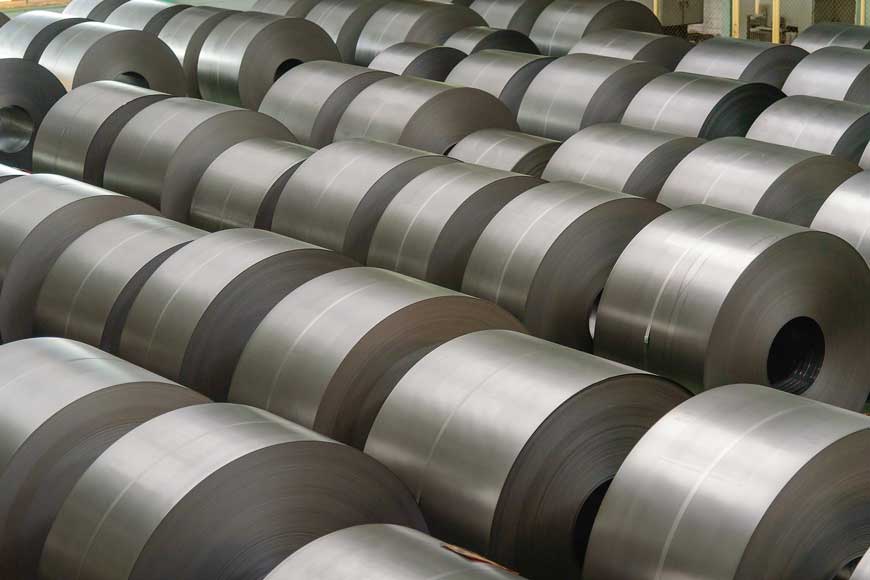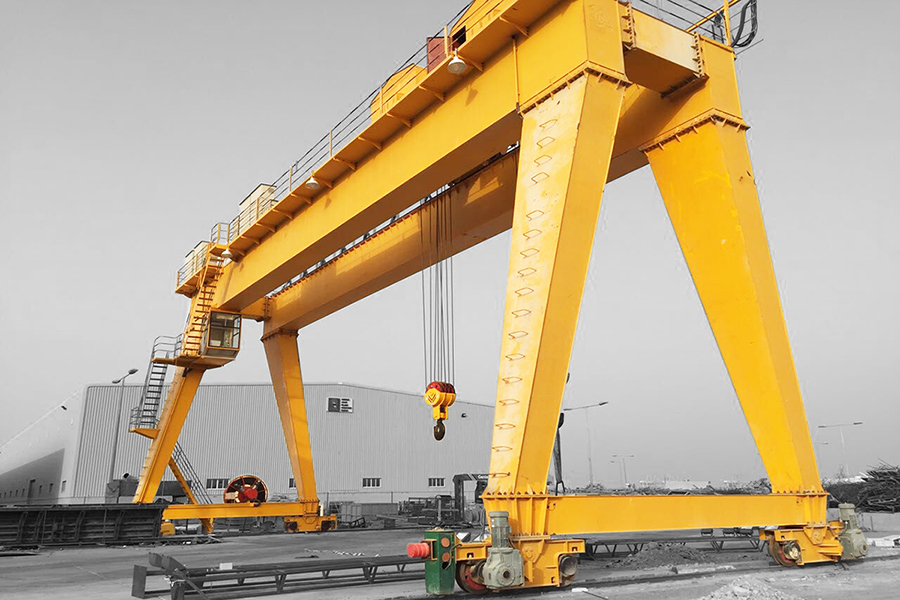Steel Casting is a vital process in the construction and infrastructure industry. It has been used for centuries to create strong, long-lasting structures that can withstand the test of time. Steel casting involves melting down steel into liquid form and then shaping it with molds to create different shapes depending on its application.
In modern times, steel casting is used for many projects such as buildings, bridges, roads, and even dams. Its versatility means that it can be utilized for both small-scale projects such as residential homes and large-scale industrial complexes. The strength of steel castings also means they are ideal for use in extreme environments where other materials might not hold up so well.
Steel Casting provides builders with an array of options when constructing their projects – no matter how large or small – guaranteeing a sturdy framework that will last far into the future.
Advantages of Steel Casting over Alternative Building Materials
Steel casting is often a preferred material for construction and infrastructure projects because of its superior properties over alternative building materials. Steel provides greater strength, durability, reliability, and cost-effectiveness than other traditional building materials like wood or concrete.
It can also be formed into intricate shapes more easily, making it ideal for complex engineering tasks such as bridge building or tall skyscrapers. Furthermore, steel castings are fireproof and corrosion-resistant which makes them even more reliable in the long term.
Additionally, when it comes to sustainability steel is one of the most recyclable materials on planet Earth so it’s a great choice if you want your project to have minimal environmental impact while still providing lasting stability and strength. All these advantages make steel casting an attractive option for any construction or infrastructure project looking for quality assurance alongside financial savings.
Types of Steel Castings Used in Construction and Infrastructure Projects

Steel casting is an essential part of construction and infrastructure projects. Depending on the requirements of the project, different types of steel castings are used to ensure that the structure is durable and safe. Commonly used steel castings include those made from low alloy steels, stainless steels, carbon steels, ductile irons, and grey irons.
Low alloy steels offer a strong yet lightweight material for many applications such as bridges or buildings where weight needs to be kept at a minimum. Stainless steel offers superior corrosion resistance which makes it an ideal choice for coastal structures or marine environments where saltwater may cause other materials to corrode quickly. Carbon steel can provide strength while remaining economical and often features higher levels of wear resistance than other types of castings.
Ductile iron has greater tensile strengths allowing it to be used in projects involving high-pressure fluids such as water mains or sewage systems while grey iron provides excellent machinability making it ideal for more intricate components such as gears or valves where precision is required. Steel casting continues to prove its versatility with each new project being undertaken by construction teams across the world; no matter what type of application they face there will always be suitable options available ensuring safety and longevity with every build.
Applications for Steel Castings in Construction and Infrastructure Projects
Steel castings play an important role in various construction and infrastructure projects. From transportation to industrial structures, steel castings are used for a variety of applications. In the transportation industry, steel casting is used in the manufacture of bridges, railway tracks, and rolling stock components.
Steel castings are also widely employed in the manufacturing sector where they can be found as components for heavy machinery and equipment such as elevators, cranes, and conveyors. In addition to this, steel casting is extensively utilized in civil engineering projects due to its strength and durability which make it ideal for building foundations or columns that need to support large amounts of weight.
Furthermore, steel casting proves invaluable when constructing dams or other similar water storage systems because its high corrosion-resistant properties ensure that these structures last longer than those constructed with other materials. Finally, steel casting finds application in oil & gas pipelines thanks to reliable pressure containment capabilities that provide safe transport at extreme temperatures
Conclusion

Steel Casting is an important part of construction and infrastructure projects, as it provides a cost-effective and durable solution to many of the challenges posed by these types of projects. Steel Casting offers high strength and durability which are essential for long-lasting structures, while also being lightweight enough to easily transport around large worksites.
Its versatile nature means that it can be used in a range of applications from heavy machinery components to intricate building frames. By using Steel Casting for construction and infrastructure projects, designers have access to reliable materials that will stand the test of time.

